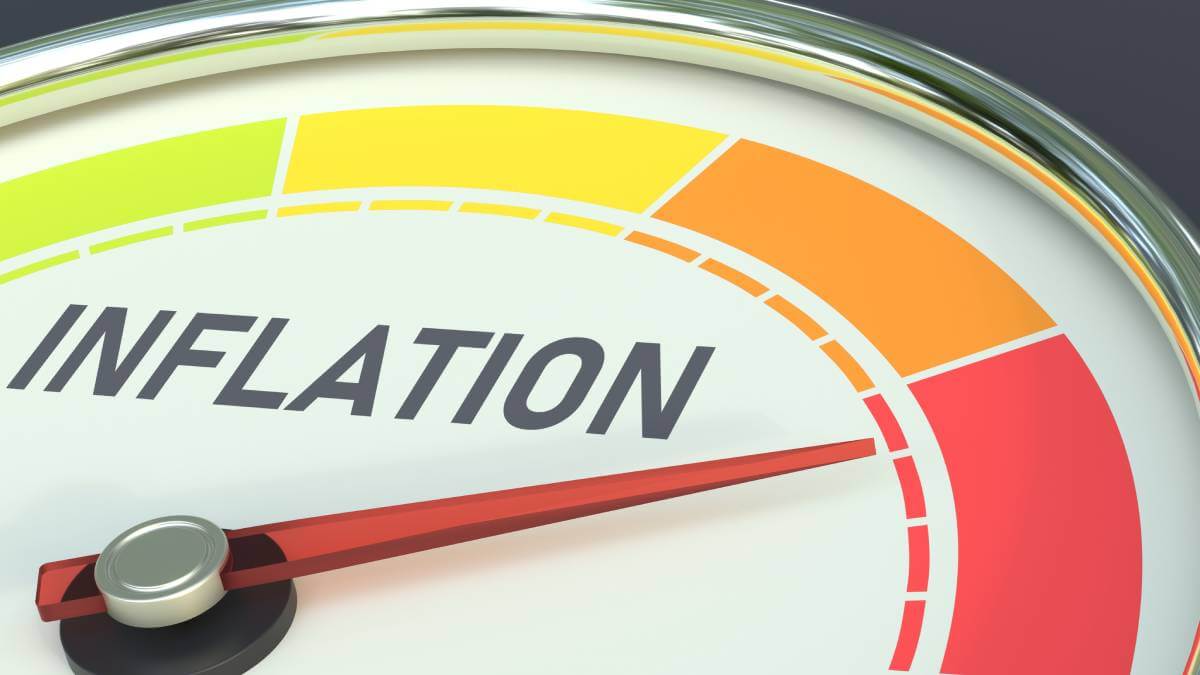There’s been a lot of talk about inflation and the economy lately.
Depending on who you speak to, inflation is either ruining the economy or saving the country.
But what is inflation, how does it work and how is it measured in Australia?
Inflation is a concept that affects every individual’s purchasing power. It refers to the increase in the prices of goods and services that households buy and it’s measured in the rate of those changes.
Simply put, inflation means that the value of your money decreases over time.
To measure inflation, economists look at the rate of change in prices over a specific period of time. Prices generally rise over time, but they can also fall, which is known as deflation. The average price increase of a basket of selected goods and services is used as an indicator of the overall impact of price changes.
What is the CPI?
In Australia, probably the most well-known indicator of inflation is the Consumer Price Index (CPI). The Australian Bureau of Statistics calculates the CPI by collecting the prices for thousands of items, which are put into 87 categories and 11 groups.
Inflation aims to measure the overall increase in the price level of goods and services in an economy. As prices rise, the purchasing power of your money decreases. This decrease in purchasing power can significantly affect the cost of living, and possibly lead to a slowdown in economic growth.
To manage inflation, the monetary authority, usually the central bank, takes necessary steps to control the money supply and credit. By doing so, they aim to keep inflation within acceptable limits and ensure the smooth functioning of the economy.
In Australia, that authority is the Reserve Bank of Australia.
The root cause of inflation is an increase in the supply of money. This can happen through various mechanisms, such as printing and distributing more money, devaluing the currency, or putting new money into the banking system by purchasing government bonds.
The mechanisms of inflation can be classified into three types: demand-pull inflation, cost-push inflation, and built-in inflation.
Demand-pull inflation
Demand-pull inflation occurs when an increase in the supply of money stimulates overall demand for goods and services.
When people have more money, they tend to spend more, creating a demand-supply gap and driving prices higher.
Cost-push inflation
Cost-push inflation is a result of increased prices working through the production process.
For example, when the costs of production, such as building supplies, increase, builders need to increase what they charge to build a house or they can use cheaper supplies. So they ‘push’ inflated prices on the market.
Built-in inflation
Built-in inflation is related to expectations, where people expect current inflation rates to continue in the future.
As the price of goods and services rises, workers may demand higher wages to maintain their standard of living.
This increase in wages leads to higher costs for goods and services, creating a wage-price spiral.
Underlying inflation
There is also a phenomenon known as underlying inflation.
This is inflation that is predominantly due to market forces. For example, wild weather last year temporarily pushed food up to record levels or the effect of a sudden new tax such as the GST.
Inflation can have both advantages and disadvantages, depending on the perspective and the rate at which it occurs.
Advantages of inflation include the potential increase in the value of tangible assets, such as property, interest earnt on cash in the bank or stocked commodities, which can be sold at a higher rate. Inflation can also lead to speculation in risky projects and better returns on investments.
Furthermore, a moderate level of inflation can encourage spending instead of saving. If the purchasing power of money decreases over time, there may be a greater incentive to spend now rather than later. This increased spending can boost economic activity.
However, there are also disadvantages to inflation.
Buyers of assets, especially housing, may not be happy with inflation, as they need to spend more money.
High and variable rates of inflation can impose significant costs on an economy. Rising prices introduce uncertainty for businesses, workers, and consumers, affecting their buying, selling, and planning decisions. This uncertainty can lead to misjudgements about future inflation rates, which can have a negative impact on the economy.
Even low and stable inflation rates can cause problems in the economy.
Introducing new money and credit into the economy always benefits specific individuals or businesses. This process of price level adjustments can distort relative prices, wages, and rates of return. Some economists believe that these distortions can drive economic recessions.
Do you have a mortgage? Is the inflation rate hurting your repayment levels? Why not share your experience in the comments section below?
Also read: Is Australia heading for a recession?

